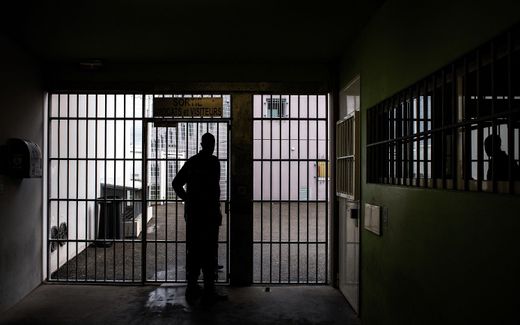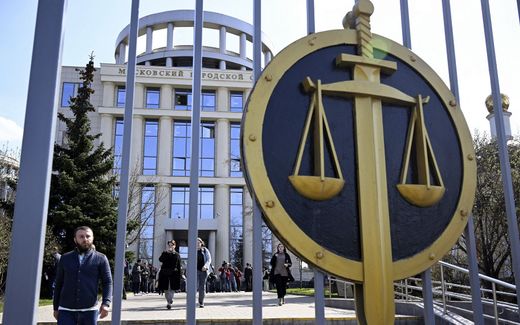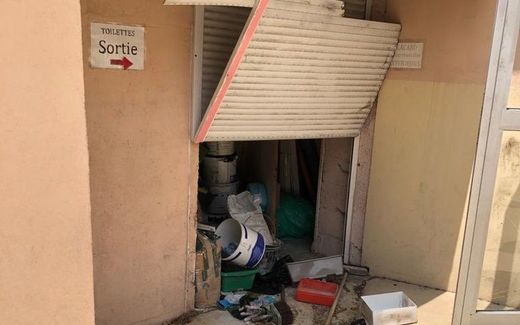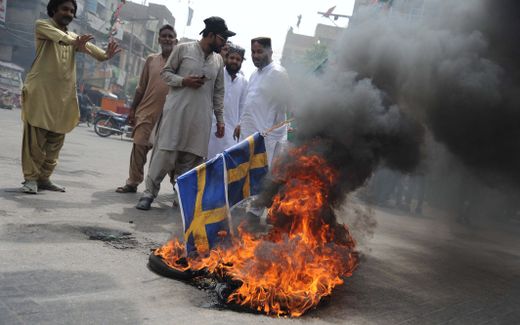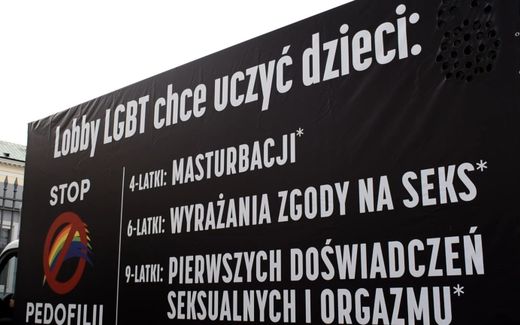Danish initiative lets victim and perpetrator work on reconciliation
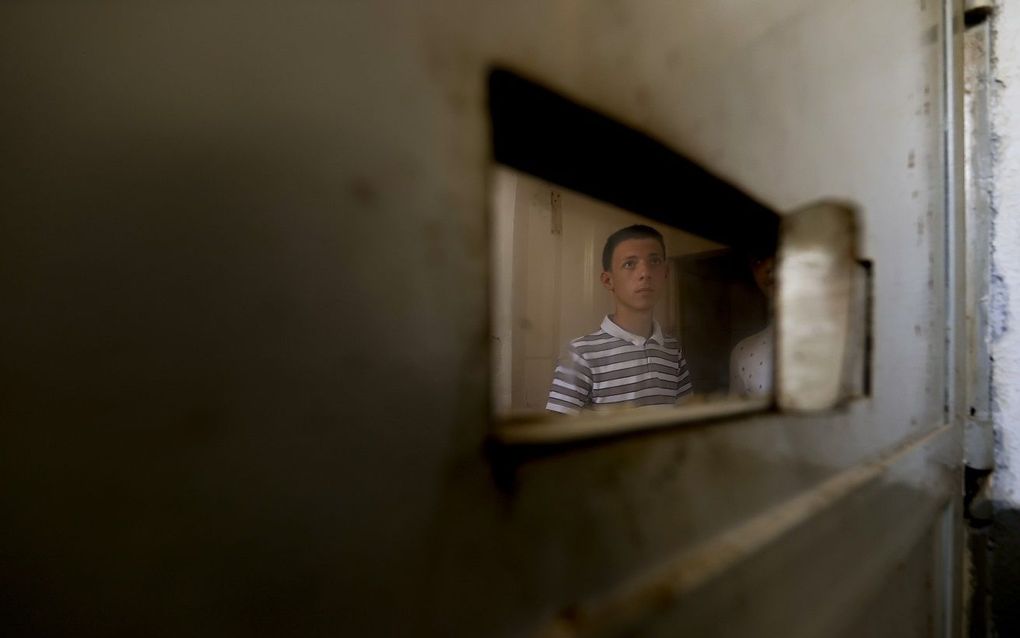
Photo EPA, Valdrin Xhemaj
Northern Europe
In Denmark, the police are investigating how a victim and perpetrator can be reconciled by letting them meet again. "It can be considered to be a modern penance practice."
There have been so-called conflict councils in the Scandinavian country for a while, but until recently, they were not put to use very often, Kristeligt Dagblad writes.
Research has not shown any measured positive effects of making victims and perpetrators meet. The Ministry of Justice concluded in 2016 that it does not lead to reduced crime or less psychological help for victims.
Christian Gade, one of the leaders of the conflict council project, however, still sees the benefits of reunion. "For many perpetrators, seeing the victim again can be a punishment in itself. It is incredibly hard to sit face to face with a person who has been the victim of a crime, look them in the eyes and hear about the consequences of your choices for that person", he says.
The duty of a conflict council is to set up a meeting between a victim and a perpetrator so they can talk under the supervision of a conflict mediator. In one case, a prisoner met his victim, whom he had known since kindergarten. They came together to talk about his crime, as he had stabbed his victim several times with a knife.
The goal of such meetings is to give the aggrieved party the opportunity to heal, says conflict council mediator Ida Helene Asmussen to Kristeligt Dagblad. Victims may feel afraid and inferior in relation to their perpetrator, she points out. "Therefore, it is important to have the opportunity to meet the person again in a safe environment, with the perspective of rebuilding a balance in the relationship. That could help to move mentally and emotionally to a position where you are in control of the situation", Asmussen explains.
Forgiveness
Such a meeting must be thoroughly prepared, Ask Elklit stresses. He was the head of the Knowledge Centre for Psychotraumatology at the University of Southern Denmark and opposed the practice at the time it was introduced in 2010. "In principle, you are facing someone who has done harm", he elaborates. For a meeting to be successful, the perpetrator must be willing to repent, seek forgiveness and understand the consequences of his crime, Elklit says. "If he does not, a reunion can re-traumatise the victim."
Asmussen agrees to that. "You must ensure that the motivation is genuine and constructive in relation to the other party's expectations", she adds.
She fully understands that a meeting can be hard. At the same time, she points out that it is important to deal with the "emotional and conscientious side that is linked to the relationship between the parties." According to Asmussen, a reunion creates "the opportunity to express and process." And sometimes, reunion is necessary for perpetrators to fully understand the consequences their deed had for their victim, she points out.
Sinner
Asmussen believes that the practice of letting victim and perpetrator meet is in line with Christian principles. "The expectations of the perpetrator are like those of a sinner: He must show remorse, regret and shame, and then he must show that he wants to become a better, non-criminal person. Once he has done that, there is in return an expectation that the victim adopts a forgiving attitude towards the perpetrator and 'invites' him or her back into the community."
At the same time, she acknowledges that forgiveness can be very hard when the crime committed is very serious. "But if the offender repents, unconscious expectations of forgiveness can arise because we have grown up with a strong moral narrative of saying sorry when we have done something wrong and forgiving when someone apologises."
Related Articles


